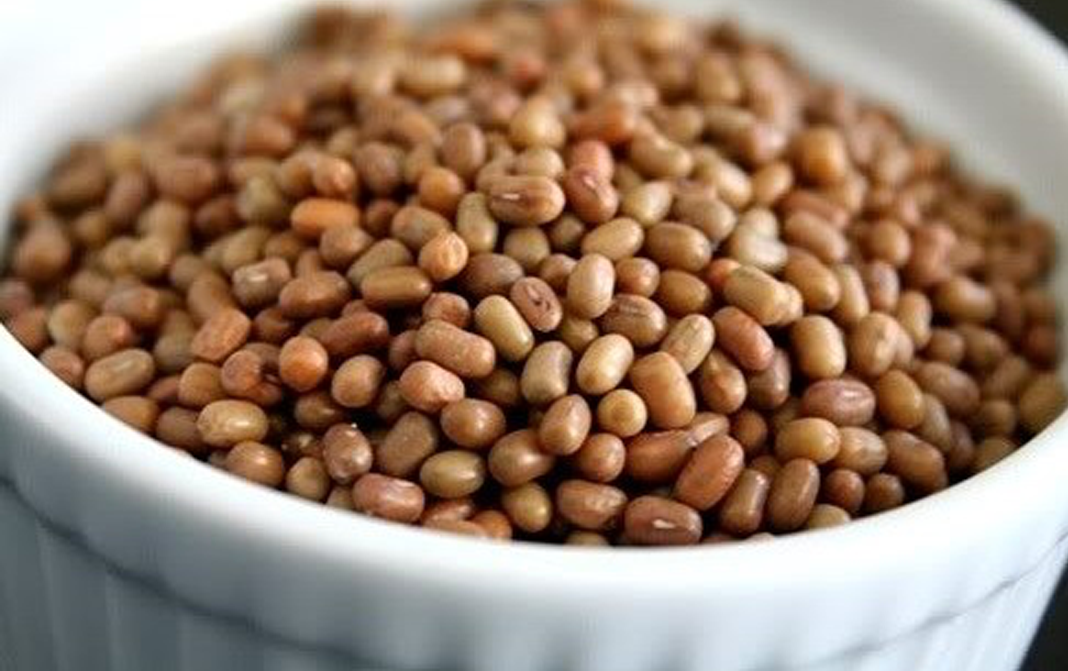


The size and the color of tapery beans at times are certainly prone to adulteration, and thus almost contains dust and small stones that are mixed in it to camouflage the buyers, hence, it should be carefully picked before cooking and should be rinsed in cold water.
- Disclaimer
"Information here is provided for discussion and educational purposes only. It is not intended as medical advice or product or ingredient review/rating. The information may not apply to you and before you use or take any action, you should contact the manufacturer, seller, medical, dietary, fitness or other professional. If you utilize any information provided here, you do so at your own risk and you waive any right against Culinary Communications Private Limited, its affiliates, officers, directors, employees or representatives.”
Description
Tepary Beans (Moth Dal) is vernacularly known as Matki in the Indian subcontinent. It is an herbaceous creeping annual plant that draws its existence from the Fabaceae family and Faboideae subfamily. It is best grown in the arid and semi-arid region of the Indian subcontinent that happens to be the northwest frontier, therefore, it is inherent to the arid and semi-arid region of India and Pakistan as they are drought resistant, and has the full potential to develop in such a region. Nevertheless, it is one of the staple diet of the people in the subcontinent, but this specifically is not the sole reason of their inculcation in the diet of the commoners, rather its rich nutrient component is also a dew reason for their addition in ones diet. It is said that it is loaded with vitamin, protein, iron, magnesium, manganese, hence being highly rich in nutrients has diversified it cultivation in different regions of the world too, thereon, it is also cultivated in parts of the United States, Thailand, Italy, Australia and other parts of Asia. It is usually small and elongated beans that wears a brown skin and brownish-yellow interior.